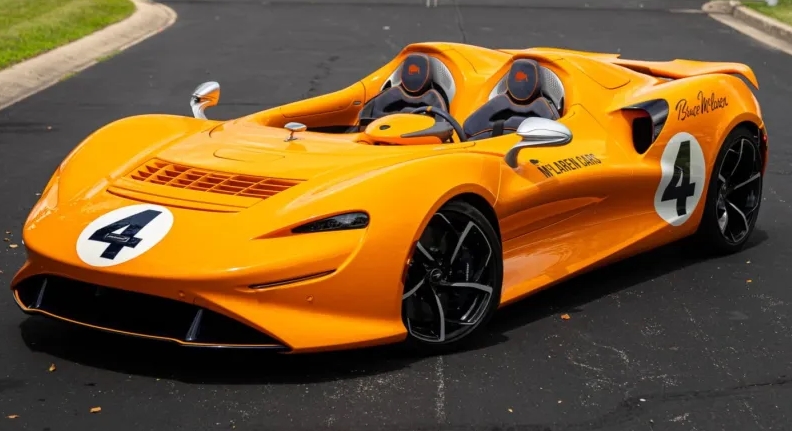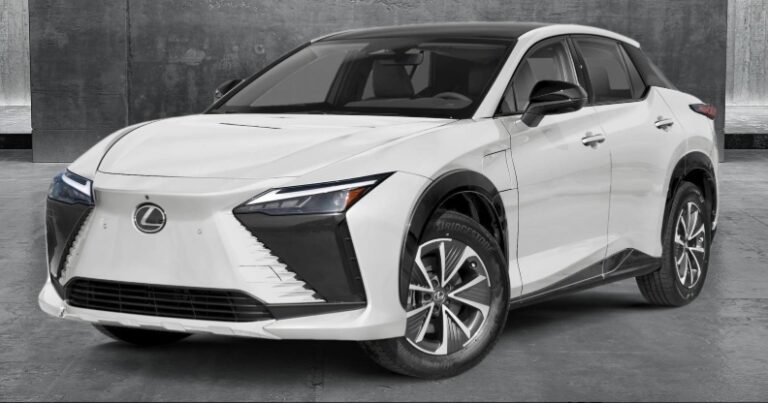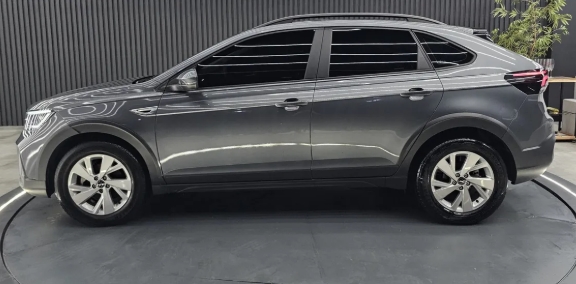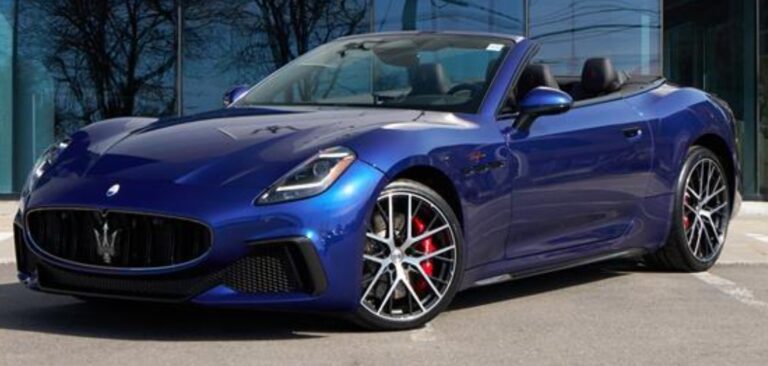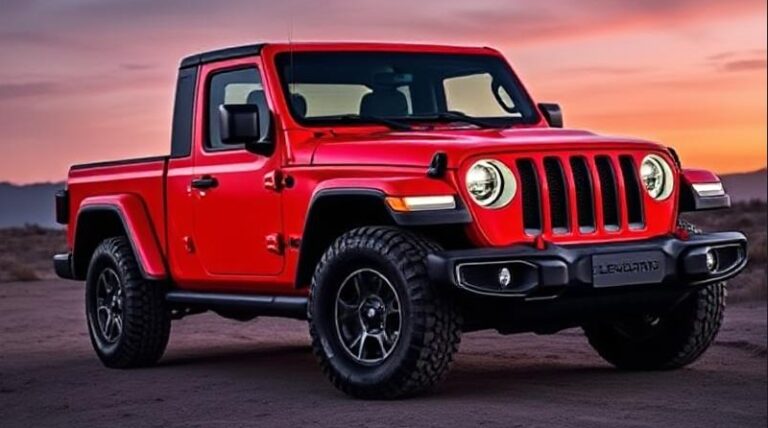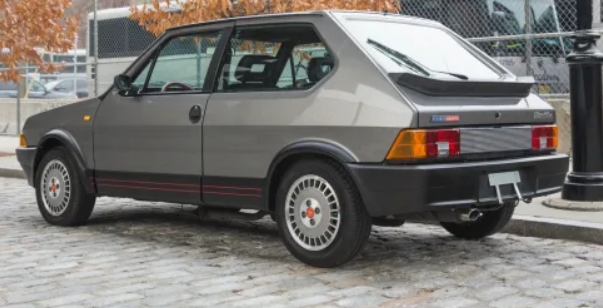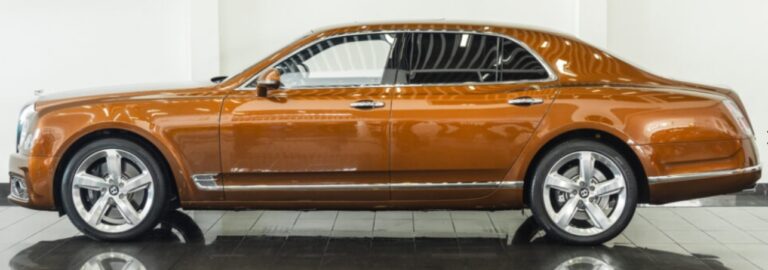The McLaren Elva Evolution: An Elemental Masterpiece of Wind and Speed
In the rarefied air of the hypercar world, where power figures and lap times are often the primary currency, the McLaren Elva stands apart. It is not merely a machine built for statistical domination, but an automotive statement—a visceral, unfiltered celebration of the elemental connection between driver, road, and the environment. As the lightest road car ever produced by McLaren Automotive, and a spiritual successor to the pioneering open-top racers of the 1960s, the Elva is a breathtaking exercise in minimalism, aerodynamic ingenuity, and pure, unadulterated driving pleasure. It is a member of McLaren’s coveted Ultimate Series, joining the pantheon of the P1, Senna, and Speedtail, yet it carves out a uniquely raw and evocative niche all its own.
Years of Production: A Limited and Evolving Run
The McLaren Elva was officially unveiled in November 2019, with production slated to begin in late 2020 and deliveries extending through 2021 and into 2022. The production story of the Elva is as unique as the car itself, marked by a series of adjustments that ultimately enhanced its exclusivity.
Initially, McLaren announced a production run of 399 units worldwide. However, in April 2020, this number was revised downwards to 249 units. The company cited customer feedback suggesting a desire for greater exclusivity, coupled with the emerging production challenges of the global COVID-19 pandemic. In a final revision, McLaren further reduced the production number to just 149 units, solidifying the Elva’s status as one of the rarest modern McLarens and ensuring its long-term value and desirability for collectors.
.

.
A Name Steeped in Racing Heritage
To understand the Elva is to understand its name. It is not an arbitrary label but a direct homage to McLaren’s formative years. In the 1960s, Bruce McLaren was designing and racing his own revolutionary sports cars, starting with the M1A. These were lightweight, powerful, open-cockpit machines designed for customer racing in series like the Can-Am championship.
Demand for these customer cars quickly outstripped McLaren’s small production capacity. To meet it, Bruce McLaren partnered with Elva Cars Ltd., a small British sports car manufacturer founded by Frank Nichols. The name “Elva” itself was a clever contraction of the French phrase “elle va,” meaning “she goes.” Elva was entrusted with building customer versions of McLaren’s racers, which became known as the McLaren-Elva M1A, M1B, and M1C. These cars were ferociously fast, beautiful, and embodied the pure, lightweight philosophy that Bruce McLaren championed. The modern Elva is a direct spiritual descendant of these legends, carrying forward their open-cockpit design and relentless focus on driver engagement.
The Heart of the Beast: Powertrain and Performance
At the core of the Elva lies a familiar yet enhanced powerhouse: McLaren’s M840TR 4.0-liter twin-turbocharged V8 engine. A derivative of the engine found in the McLaren Senna and 720S, it has been meticulously tuned for the Elva to produce a staggering 815 PS (804 bhp) and 800 Nm (590 lb-ft) of torque. This immense power is channelled to the rear wheels through a seven-speed dual-clutch seamless-shift gearbox.
When combined with the Elva’s astonishingly low dry weight of under 1,198 kg (approximately 2,641 lbs), the performance figures are simply explosive.
- 0-62 mph (0-100 km/h): 2.8 seconds
- 0-124 mph (0-200 km/h): 6.7 seconds
These numbers place the Elva in the highest echelon of hypercar performance, making it quicker to 124 mph than the track-focused Senna. The soundtrack is equally dramatic, thanks to a bespoke quad-exit exhaust system crafted from titanium and Inconel, which produces a sharp, menacing roar that is an integral part of the car’s unfiltered sensory experience.
Models and Variations: Choice in Purity
While the McLaren Elva was not offered in traditional “trim levels” like a conventional car, it was produced in two principal configurations, largely dictated by customer preference and regional legal requirements. Beyond this, customization was handled by McLaren Special Operations (MSO), making each of the 149 cars a potential one-of-a-kind creation.
1. The Screenless Elva (The Purest Form)
This is the Elva as it was originally conceived—a radical speedster with no roof, no side windows, and no windscreen. This configuration relies entirely on a groundbreaking piece of technology to make high-speed driving manageable: the Active Air Management System (AAMS).
The AAMS is an ingenious aerodynamic solution that creates a “virtual canopy” or a “bubble of calm” around the occupants. Here’s how it works:
- Air is drawn into a large central inlet at the front of the car’s nose.
- It is then channeled through the carbon fiber bodywork and directed out of a vent situated just ahead of the cockpit.
- A deployable carbon fibre deflector at the leading edge of this vent rises automatically at speeds above 25 mph (40 km/h).
- This deflector features a series of intricately shaped carbon fiber vanes that direct the high-velocity sheet of air up and over the cockpit.
The result is a pocket of relatively still air that deflects the oncoming wind, allowing occupants to experience the thrill of open-air driving without the violent buffeting one would expect at speed. The AAMS is a world-first technology and the defining feature of the screenless Elva.
2. The Windscreen Elva
Shortly after the initial launch, McLaren announced that a fixed windscreen version would be offered as a factory option. This model was developed for two primary reasons:
- Customer Preference: Some buyers desired the Elva’s aesthetic and performance but preferred the added comfort and protection of a traditional windscreen for longer drives or touring.
- Legal Homologation: In certain jurisdictions, particularly some states in the USA, road-legal requirements mandate a physical windscreen, making the screenless AAMS version ineligible for registration.
The windscreen model maintains the Elva’s stunning design but forgoes the complex AAMS technology, as it is no longer necessary. The addition of the windscreen, along with its associated wiper and washer systems, adds a minimal amount of weight (approximately 20 kg or 44 lbs), having a negligible impact on the car’s phenomenal performance. It offers a slightly more conventional, though still utterly exhilarating, open-top experience.
MSO Themes and Bespoke Commissions
Beyond the choice of windscreen, the true “trim level” of an Elva was determined by the owner’s imagination and their collaboration with McLaren Special Operations (MSO). MSO offered a limitless palette of colors, materials, and bespoke features. To showcase these possibilities, McLaren created several design themes, including:
- MSO M1A Theme: A tribute to Bruce McLaren’s original M1A race car, featuring a Magnesium Silver racing stripe over a black body, a red pinstripe, and Bruce McLaren’s race number ‘4’.
- MSO Gulf Theme: Adorned in the iconic and universally beloved blue and orange racing livery of Gulf Oil, a historic partner of McLaren in motorsport.
These themes were merely starting points. Owners could specify unique paint finishes, exposed carbon fiber weaves in various tints, custom interior materials, and personalized details, ensuring that no two Elvas are exactly alike.
Design and Construction: A Study in Carbon Fiber
The Elva’s design philosophy is one of “blurred boundaries,” where the lines between the exterior and the interior seamlessly merge. The entire body is a single, flowing sculpture crafted from carbon fiber. The signature McLaren dihedral doors are present, but they are smaller and lighter than on any other model. The rear tonneau cover features sculpted buttresses that flow elegantly behind the occupants’ heads, incorporating a deployable roll-over protection system.
The chassis is a bespoke carbon fibre monocoque, an evolution of McLaren’s Monocage architecture, designed specifically to maximize rigidity and strength in an open-cockpit configuration. The interior is a masterclass in driver-focused minimalism. A central screen handles infotainment, while the instrument cluster is housed in a binnacle that moves with the steering column, ensuring perfect visibility.
Materials are chosen for both luxury and durability. Seats are custom-designed carbon fiber shells, and owners could choose from advanced materials like Ultrafabric, a breathable, moisture-resistant synthetic material, or specially treated leathers that could withstand exposure to the elements. Every switch, every surface, is a tactile delight, reinforcing the car’s exquisite build quality.
Conclusion: A Modern Legend
The McLaren Elva is more than just a hypercar; it is a monument to the joy of driving. In an era of increasing complexity, hybridization, and digital insulation, the Elva is a defiant statement of analogue purity. It strips away the unnecessary—the roof, the windscreen, the excess weight—to deliver an unmediated, multi-sensory experience that connects the driver to the machine and the road in a way few other vehicles can achieve.
Its limited production run of just 149 units, coupled with its historical significance and pioneering AAMS technology, guarantees its place as a future classic. The Elva is a tribute to Bruce McLaren’s original vision, a showcase of modern engineering prowess, and ultimately, a rolling piece of art that answers the question of what happens when a manufacturer dares to ask: what is the most exhilarating way to experience speed? The answer is written in the wind. She goes.
